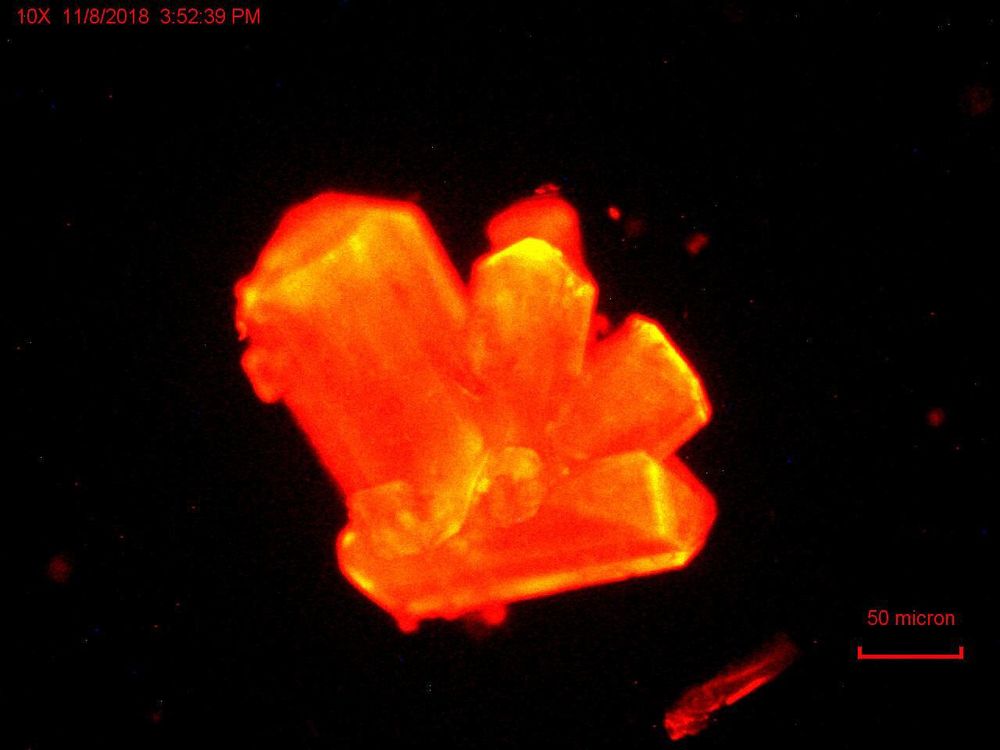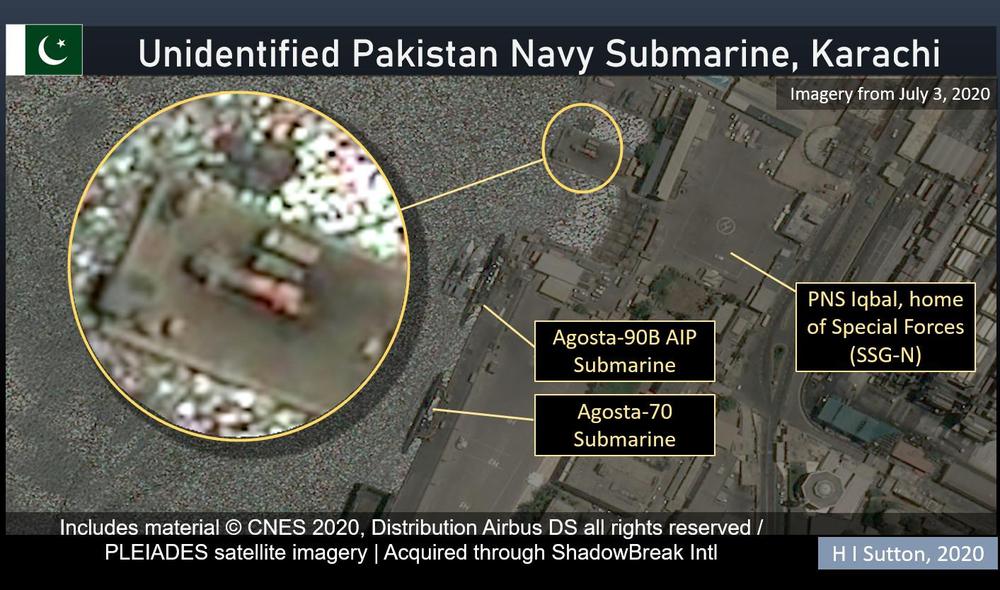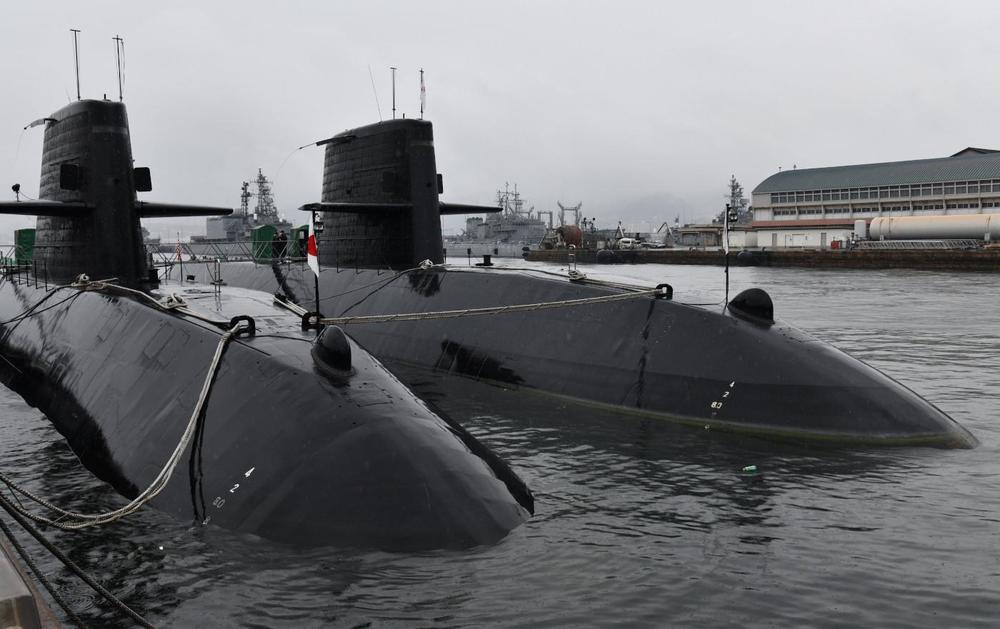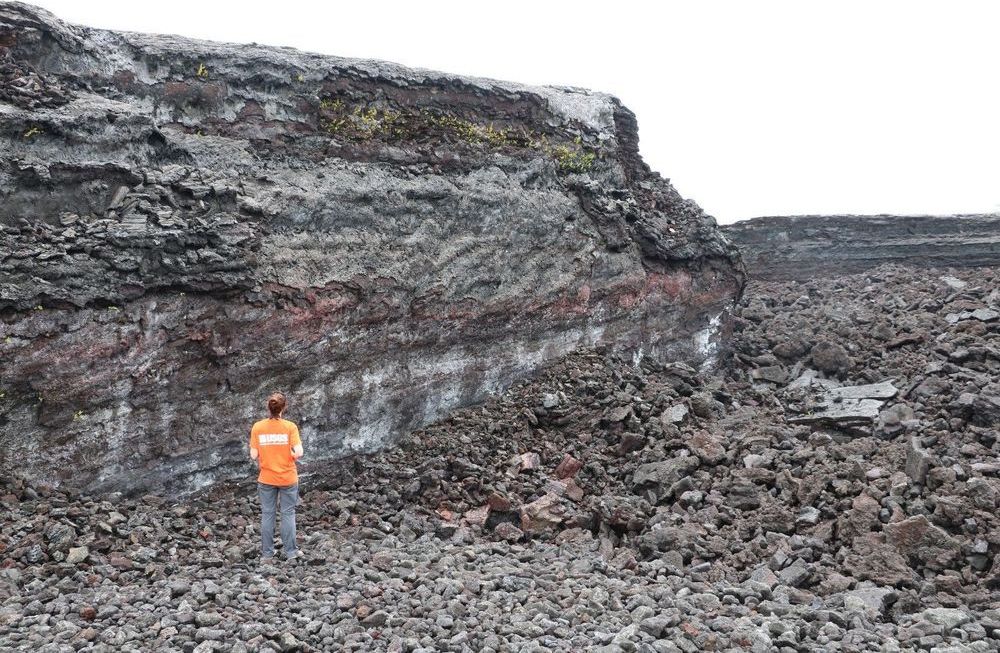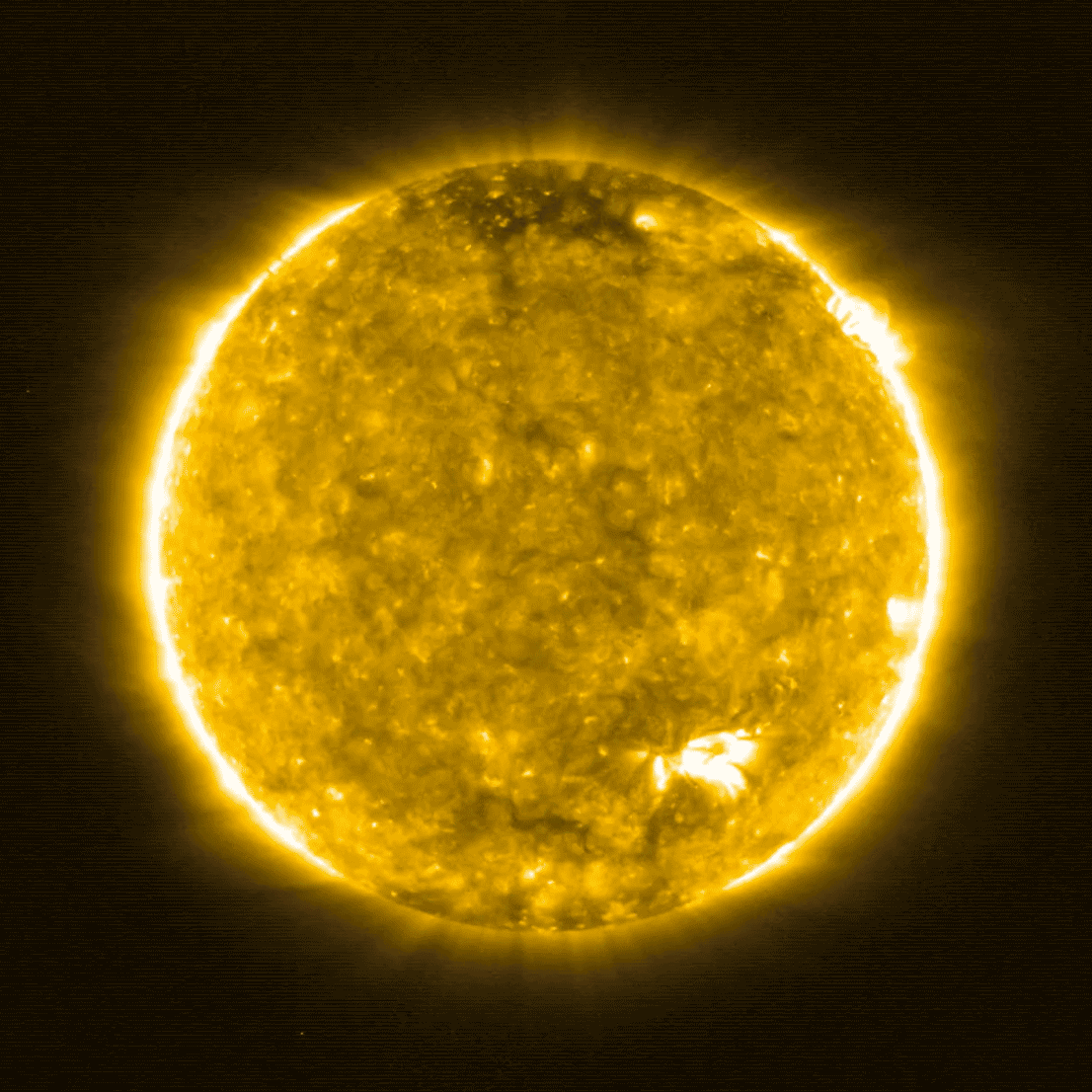Jul 16, 2020
Coronavirus Vaccines in Phase 3 Development | The State of Science
Posted by TJ Yoo in categories: biotech/medical, business, science
Tired of the coronavirus? Well, the good news is that there are several vaccines in development that are in their final phase of clinical testing before they can be approved for public usage. The bad thing, however, is the fact that there are only so many doses each vaccine manufacturer can make- meaning solving the pandemic will be as much a problem of distribution and manufacturing as it is research and development.
PS: The stock footage from this photo comes from Videvo!
Continue reading “Coronavirus Vaccines in Phase 3 Development | The State of Science” »



